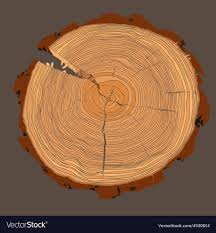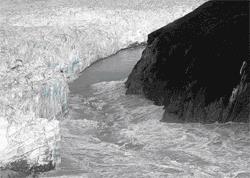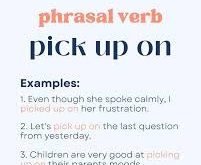در این قسمت از آموزش زبان انگلیسی در زبان علم، ضمن اینکه با معنی growth ring به فارسی آشنا می شویم و نحوه تلفظ آن را خواهیم آموخت. با ارائه یک متن انگلیسی و فایل صوتی آن در ارتباط با آن به تقویت مهارت شنیداری زبان انگلیسی خواهیم پرداخت.
در متن زیر ضمن یادگیری معنی growth ring به فارسی و تقویت مهارت شنیداری، در مورد نحوه پرورش صدف توسط مردمان بومی سواحل دریاها گفته می شود و بیان می شود که برای کشف این موضوع ضمن گفتگو با مردم بومی، از علم باستان شناسی و فسیل شناسی استفاده می شود و در کنار آن از تکنولوژی های جدید نیز استفاده می کنند و با حفر زمین، به بررسی growth ring صدف ها می پردازند تا در مورد عمر، اندازه آنها، سرعت رشد آنها و مرگ آنها اطلاعاتی به دست آورند.
برای یادگیری معنی growth ring به فارسی در بافت متن انگلیسی و تقویت مهارت شنیداری و آموزش نحوه تلفظ کلمات انگلیسی یکبار فایل صوتی زیر را گوش کنید و سعی کنید مطالب مهمی که گفته می شود را درک کنید.
برای یادگیری معنی growth ring به فارسی در بافت متن انگلیسی و تقویت مهارت شنیداری و آموزش نحوه تلفظ کلمات انگلیسی یکبار دیگر فایل صوتی زیر را به همراه متن زیر گوش کنید و سعی کنید مطالب مهمی که گفته می شود را بک کمک متن درک کنید.
And so they actually sculpted the ground, knowing how to best raise the clams, shaping the garden, as you say, and getting the best production they could out of the clams.
That’s right. And what’s really neat about clam gardens is that not only did people put them on an already existing beaches that had a kind of a mediocre, natural abundance of clams, they also built these rock walls on bedrock shells. And then through time, when they filled in with sediment, with sands and gravels, beaches were created where there was none before. So they created gardens where there was bedrock, thereby multiplying the food source in a sustainable way over incredible numbers over what was available naturally.
But the people did stop farming them, right? They stopped using the farming technique. Why? What happened?
Yeah, that’s right. So we actually have a sequence of study that takes us from post-glacial times 11,500 years ago to current times. And what we see is basically right around the late 1700s, early 1800s, people stopped farming in an intensive way these clams. And that’s because the Indigenous population plummets as a result of introduced European diseases. So a lot of that knowledge and that daily practice gets lost, although today, there’s a huge, huge effort among Indigenous peoples up and down the coast from Alaska to Washington to actually reinstate these clam gardens, and in doing so, reconnect with that cultural tradition.
Is there a way of rediscovering how they did what they did?
Yeah, and that’s basically what we do as archaeologists is we listen to Indigenous peoples and hear what they have to tell us. And they have a lot to offer to the discussion. And then we combine that with Western scientific techniques, which, in our case, is archeology and paleoecology. We dig in the ground. We measured clams over the 11,000 year period. Basically, we measured the growth rings and asked how fast did they grow, how big did they grow, when did they die, that kind of thing. And we can track through time, through these interactions with people, how well did clams do.
And what we find is that the clams just after the glacial age, when beaches are really [INAUDIBLE]– there’s not much gravel and sand and not much microorganisms on them– that those clams are growing very slowly, very poorly, and dying young. And they look the most similar to the clams today. And in between, when people were managing them and harvesting them intensively and passing on that Indigenous knowledge, clams were thriving.
So there was a golden age of clams, some time ago.
Yeah, just a couple hundred years ago.
 زبان علم آموزش زبان انگلیسی آموزش زبان
زبان علم آموزش زبان انگلیسی آموزش زبان






